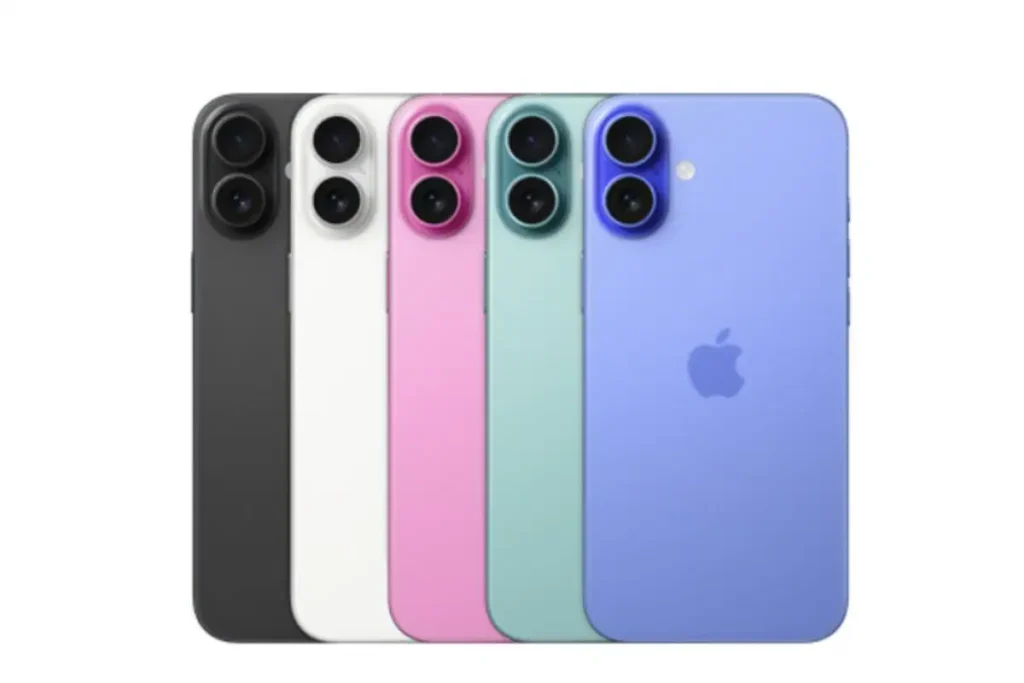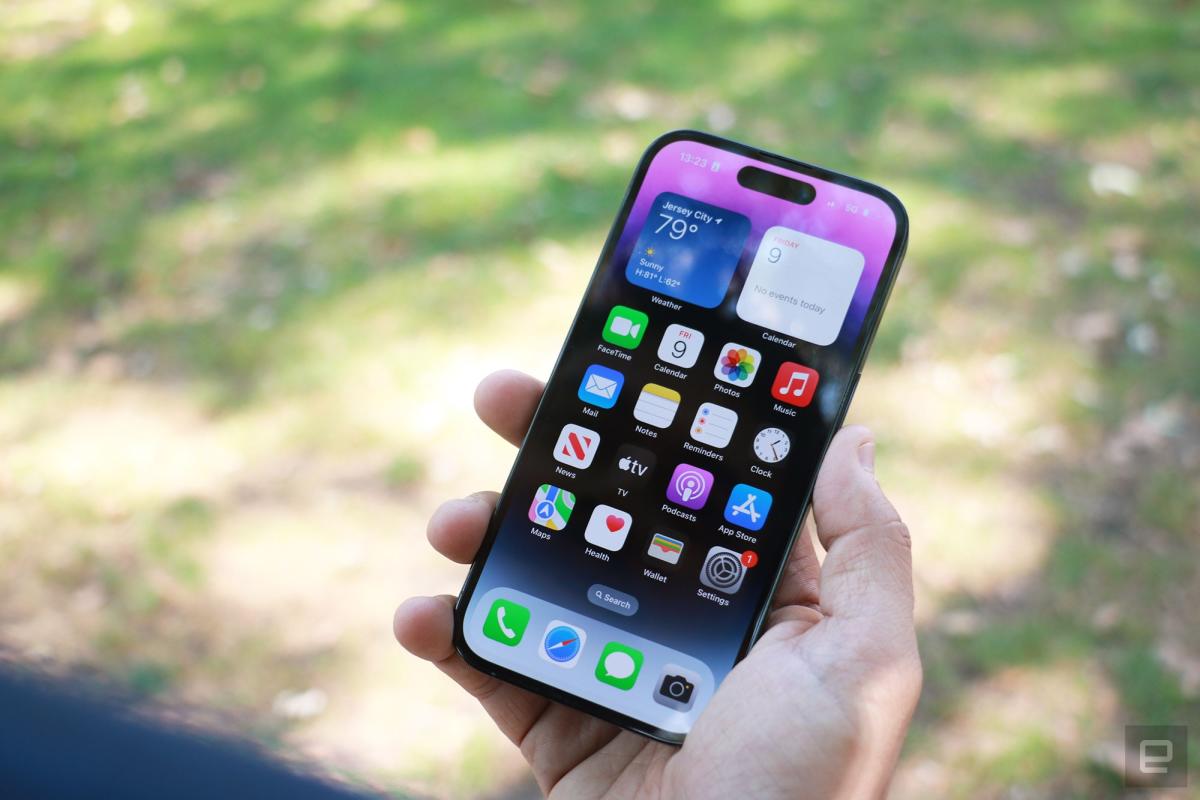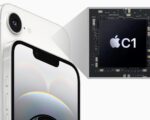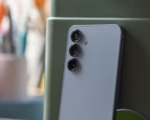Technical Specs of the iPhone 16 Series Indicate No Enhancement in USB-C Transfer Speeds
The iPhone 16 series was unveiled with great excitement at Apple’s “It’s Glowtime” event on Monday, showcasing a range of hardware and software enhancements. Among the many features highlighted, Apple made a bold claim regarding “faster USB 3 speeds” for its new lineup, which includes the iPhone 16, iPhone 16 Plus, iPhone 16 Pro, and iPhone 16 Pro Max. However, recent analyses suggest that the context of this claim may have been misinterpreted, raising questions about whether users will experience any actual improvements in data transfer speeds.
While introducing the iPhone 16 Pro models, Apple emphasized several upgrades, specifically mentioning enhanced USB 3 speeds as part of the new specifications. This statement, while exciting, has sparked confusion among tech enthusiasts and industry analysts alike. A report from MacRumors has pointed out that the wording used by Apple could be misleading, suggesting that the improvements might not be as significant as they appear at first glance.
A closer examination of the technical specifications for both the iPhone 16 and iPhone 16 Pro models indicates that the USB transfer speeds remain unchanged from previous models. The base models are specified to support USB 2 speeds at 480 Mbps, while the Pro versions maintain the USB 3 speeds at 10 Gbps. These figures are consistent with those offered by the iPhone 15 series, implying that there has been no actual upgrade in transfer speeds for the new generation of iPhones.

This situation raises an important discussion about marketing strategies in the tech industry. Companies often highlight specific features in a way that creates an impression of innovation and progress, even when the changes may be minimal or nonexistent. The phrasing of “faster USB 3 speeds” could easily lead customers to believe that they will enjoy faster data transfers, while in reality, they may experience the same performance as before.
Furthermore, the implications of maintaining the same transfer speeds can affect how users perceive the overall value of the iPhone 16 series. With consumers increasingly looking for tangible advancements in technology, especially in areas like data transfer, it is essential for companies like Apple to provide clarity and transparency in their messaging. Failing to do so could lead to dissatisfaction among customers who expect improvements that do not materialize.
As the iPhone 16 series begins to roll out, it will be crucial for Apple to address these concerns and clarify the actual capabilities of its devices. Whether or not users experience any noticeable differences in USB transfer speeds will ultimately determine the reception of this new lineup. Until then, the question remains: has Apple genuinely improved its technology, or is it simply a matter of clever marketing

















